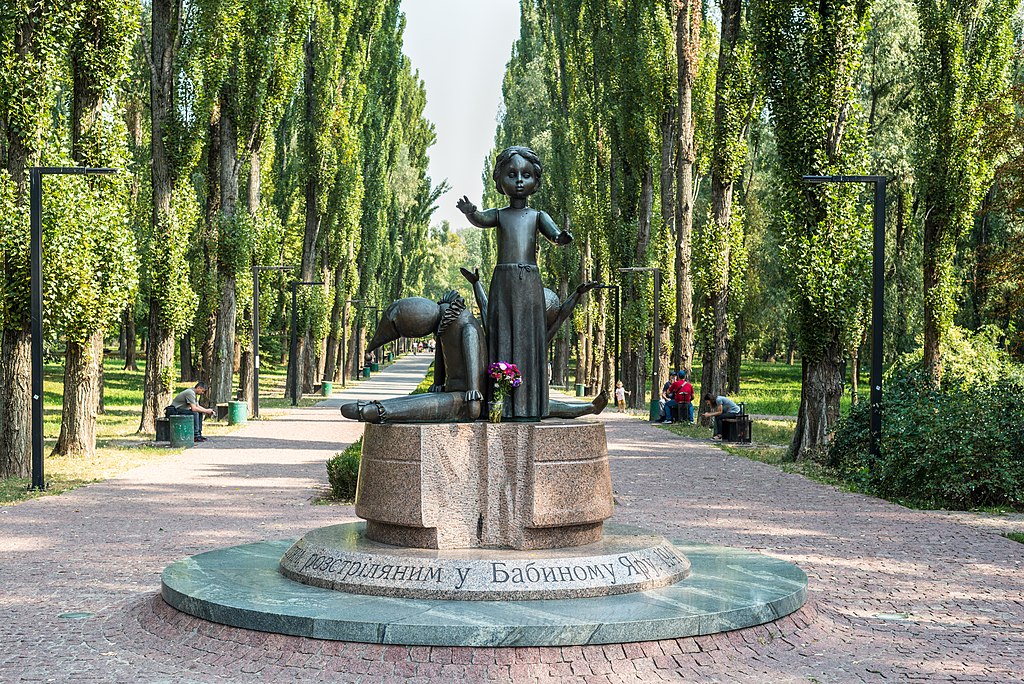The visit by the two rappourteurs of freedom of expression from the Organisation of American States and the United Nations, Carolina Botero and Frank La Rue, two weeks ago, and a flurry of activity related to press freedom and the protection of journalists, seems to have injected a sense of purpose in a group of journalists in Mexico who are trying to find ways of creating policies that last beyond the headlines.
Experts like Roberto Rock, the former editor of the daily El Universal and a member of the Inter American Press Association´s press freedom committee believes there is an atmosphere that will allow Mexican media to “develop better coordination”. According to Rock the Mexican media is still feeling “raw” and will try to continue to find a way of coordinating responses to attacks against the press because of the kidnapping of four journalists last July.
It is a daunting task to figure out how to respond to the continuing attacks which, although not as severe as the July kidnapping, have continued throughout the country. Recently the main targets have been regional offices of the national television network Televisa.
Television is an important media in Mexico, reaching more than 60 percent of the Mexican public. At least four Televisa installations have been hit with bombs or grenades . The hits have occurred in the northeastern states of Nuevo Leon and Taumalipas, which are areas of operation of the drug trafficking groups Gulf Cartel (named after the Gulf of Mexico, where it was born) and the vicious Zetas Cartel, a former enforcement arm of the Gulf Cartel, but now operating on its own and waging a tight fight against its old partner. Those who read into reasons for the attacks and the fact they are occurring in the northeast say it could be an attempt by those cartels operating in that area to jump into the fray of attacking the country´s most important news organisation.
An attack on September 1 on the Noroeste newspaper in the northern Mexican state of Sinaloa was the backlash from the battle going on in Ciudad Juarez, Chihuahua, between two cartels, the Sinaloa Cartel and the Juarez Drug Cartel. Sinaloa has grown to be one of the most powerful drug gangs during the last six years. The group is challenging Juarez for control of the US-Mexico border
crossing in Juarez, which is among the profitable crossings because it links the Mexican territory with impressive road connections to five American cities important for drug trafficking networks, from Los Angeles in the west coast to New York in the east. The battle in Juarez has unsettled the press, with journalists basically enforcing self-censorship and setting up security precautions such as never arriving at a crime scene alone, because the killers might still be there. Or as they do at El Norte newspaper in that city, rotating reporters daily for the coverage of crime stories.
The attack in Sinaloa was by La Linea, the enforcement group for the Juarez Cartel. That they are going after the Noroeste, a respectable newspaper in Sinaloa, which is critical and tries to cover drug trafficking with various security measures, is worrisome, and opens up the question whether the Juarez Cartel wants to attack the Sinaloa Cartel in its home turf. That they started this incursion by attacking the press is even more disconcerting and could spell worst violence in the future.
The July kidnapping of four reporters was carried out by the Sinaloa Cartel, perhaps the most powerful drug group in Mexico, which operates in the western part of the country.
Some analysts say the attacks are probably a “local phenomenon” and not a uniform message. But in the mixed bag of drug cartel messages, which go from banners hanging from public bridges, to messages scribbled on cardboard and left pinned to the bodies of victims, everybody makes their own assessment.
The press is trying to face the situation with increased solidarity between the national press and the provincial news media. Two weeks ago, Televisa, and the national newspapers El Universal and Milenio published and broadcast a story on threats received by local journalists in the state of Zacatecas. The effort was similar to those carried out by Colombian media in the 1980s and 90s. Mexican media representatives are also discussing the implementation of other mechanisms of protection that worked in Colombia. The Colombian model included providing government paid bodyguards for threatened journalists, transferring reporters from provincial cities to the capital or foreign countries in case of death threats, and coordinated publishing and broadcasting of dangerous stories.
Those who are now feeling positive about the advances made in press freedom measure the changes with glee. Just a few months ago, it was difficult to put together in a room representatives from the major media networks and newspapers because of deep seated mistrust. The need to face the threat of the drug cartels has almost united a difficult group.




